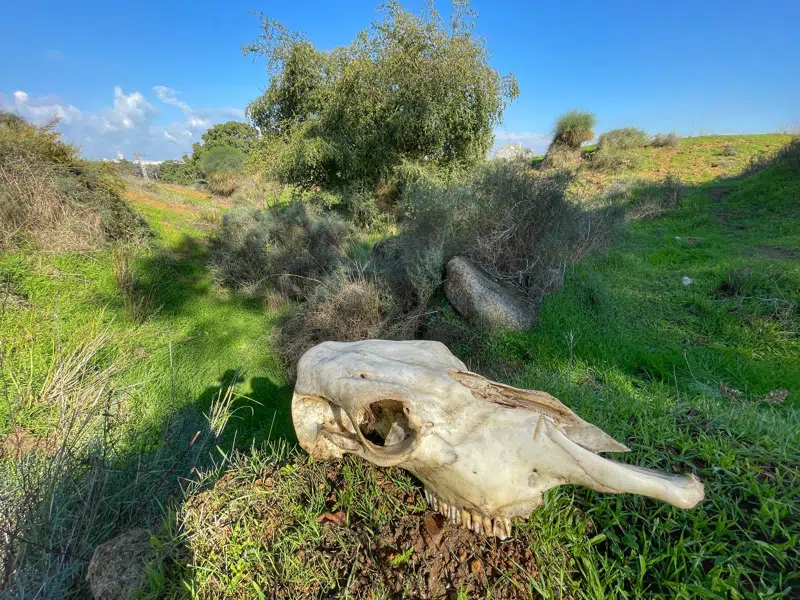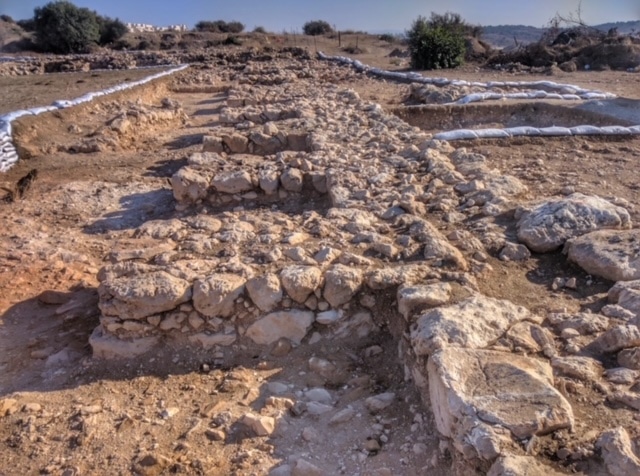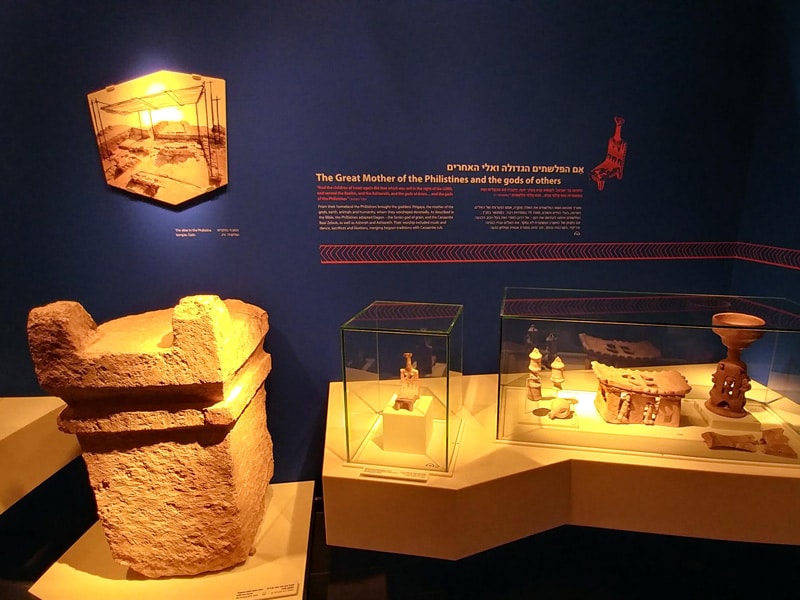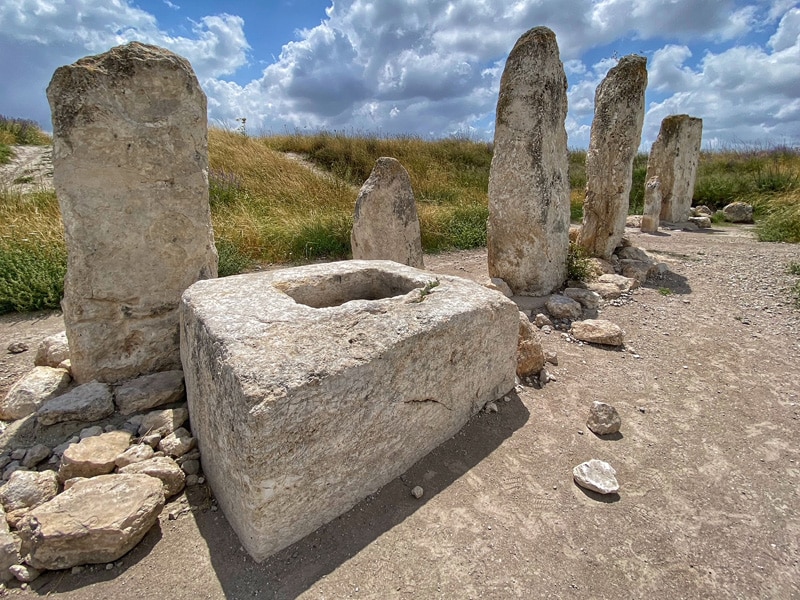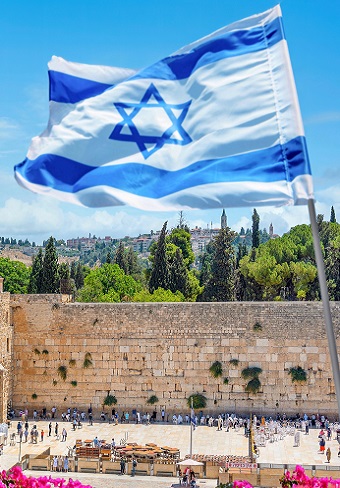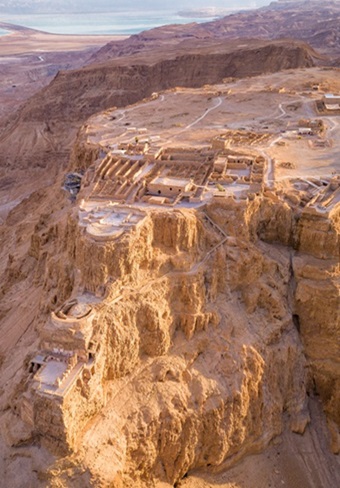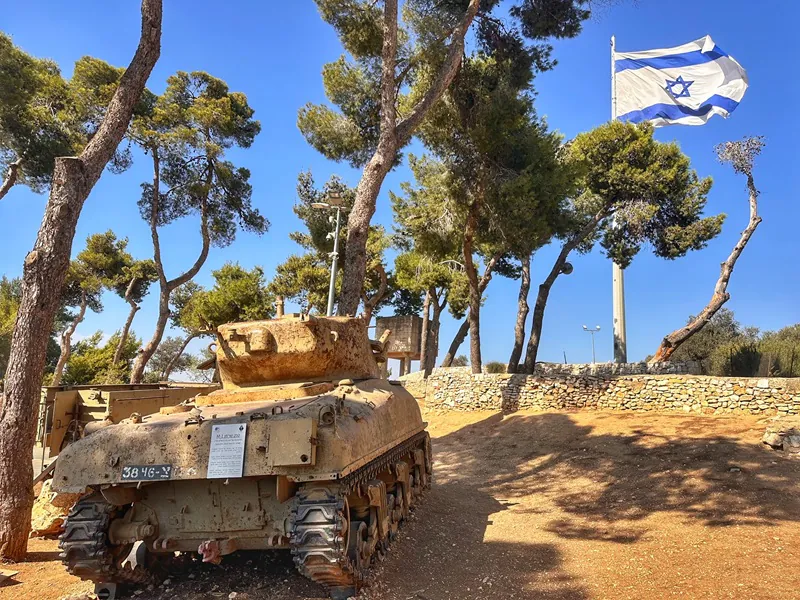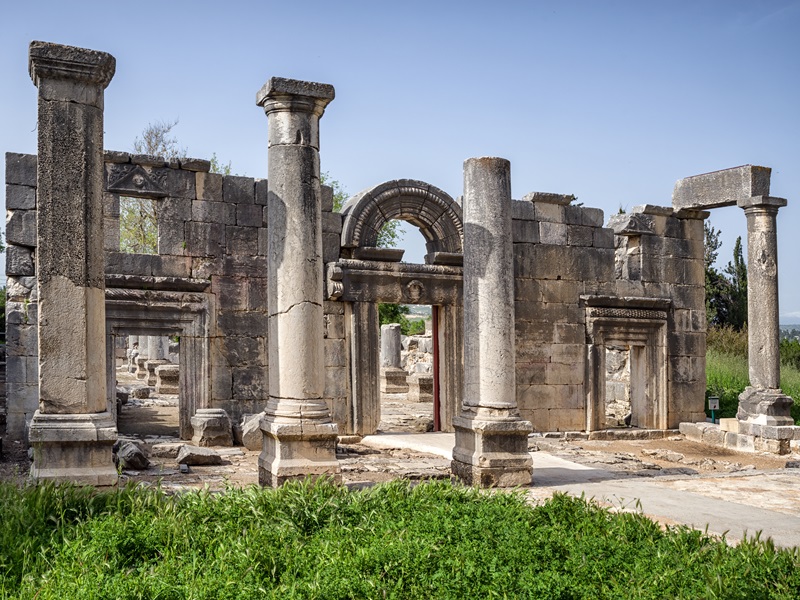The Biblical Legacy of Tel Lachish

History of Tel Lachish
Tel Lachish is set on a hill in the southern Judean hills, next to the main trade routes of the coastal plain (the Via Maris). The Book of Joshua records its fierce conquest and destruction by the Israelites –
31 Then Joshua and all Israel with him moved on from Libnah to Lachish; he took up positions against it and attacked it. 32 The Lord gave Lachish into Israel’s hands, and Joshua took it on the second day. The city and everyone in it he put to the sword, just as he had done to Libnah. 33 Meanwhile, Horam king of Gezer had come up to help Lachish, but Joshua defeated him and his army—until no survivors were left. (Joshua 10:31-33).
Later, King Rehoboam fortified the city (1 Chronicles 11:8). Its significant role in the Judean kingdom can be deduced from the fact that King Amaziah fled to Lachish when a plot was set against him in Jerusalem –
18 As for the other events of Amaziah’s reign, are they not written in the book of the annals of the kings of Judah? 19 They conspired against him in Jerusalem, and he fled to Lachish, but they sent men after him to Lachish and killed him there. 20 He was brought back by horse and was buried in Jerusalem with his ancestors, in the City of David. (2 Kings 14:18-20).
The Assyrian and Babylonian Conquest of Lachish
In 701 BCE, Sennacherib, king of Assyria, conquered and destroyed Lachish. The bible only hints at the battle (2 Kings 14:17), but the Assyrian assault is documented in detail in reliefs that decorated Sennacherib’s throne room in Nineveh.
The Israelites formed a stronghold in Lachish’s former city gate a century later. In 587 BCE, the Babylonians attacked the region again. Prophet Jeremiah indicates Lachish was one of the last strongholds to stand against them (Jeremiah 34:7).
Excavations at Lachish
Lachish was identified in 1929 and excavated by several archaeological expeditions. A wealth of finds uncovered at the site attest to its long, rich – and dramatic past. Most notable finds include –
The Assyrian Siege Ramp
The Assyrians constructed a mass-scale siege ramp against the site’s southern wing. The finds from this area include more than a thousand iron arrowheads and a metal chain for catching the battering ramps.
The City Gate

Photo by Guy Fitusi. Courtesy of the IAA.
Archaeologists uncovered a large-scale six-chambered gate in the site’s western wing. Most surprising was the discovery of a tone toilet seat set in one of its rooms, next to an altar that had been deformed.
Lachish Letters
In one of the rooms of the Lachish gate, archaeologists uncovered several inscribed potter shards (ostraca). These rare documents record the stronghold built in the gate in the time of King Zedekiah’s prophet Jeremiah. The most dramatic is letter number 4, reporting that only the light signals of Azekah and Lachish are still visible. This is probably due to the advancing Babylonian forces and the fact that they have conquered the rest of Judea.
The Main Palace
At the highest point of Lachish, archaeologists uncovered the foundation of its palace. It is the largest structure from the Judean Kingdom ever found, covering an area of half an acre. A large courtyard with stables surrounded the palace. Beneath its northern end, archaeologists uncovered the foundations of a Canaanite-era temple.
The Solar Shrine
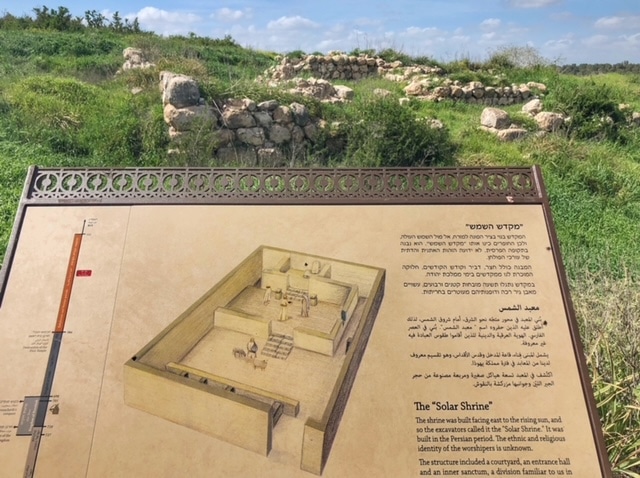 East of the palace, archaeologists uncovered another temple dating to the Persian period. However, a repository found next to it suggests that it may have been in use also in the time of the Israelites.
East of the palace, archaeologists uncovered another temple dating to the Persian period. However, a repository found next to it suggests that it may have been in use also in the time of the Israelites.
The Fosse Temple
In the moat surrounding the site, archaeologists uncovered another Canaanite-era temple. Its surprising location might indicate that it served peasants living around the city.
See a presentation of the site on “The Watchman” show, by Danny “the Digger” Herman –
Touring Lachish
 Tel Lachish is open year-round, free of charge. A short trail can approach it next to Moshav Lachish’s main entry. A new visitor center is built next to the parking lot and the Assyrian ramp. Signs with detailed explanations are spread throughout the site, yet it is best to tour the site with a guide whose expertise is Biblical Archaeology. It is also recommended to visit the site in the spring when the area blooms in beautiful carpets of wildflowers. The Palace of Lachish also provides stunning panoramas of the Judean lowlands and the Coastal Plain.
Tel Lachish is open year-round, free of charge. A short trail can approach it next to Moshav Lachish’s main entry. A new visitor center is built next to the parking lot and the Assyrian ramp. Signs with detailed explanations are spread throughout the site, yet it is best to tour the site with a guide whose expertise is Biblical Archaeology. It is also recommended to visit the site in the spring when the area blooms in beautiful carpets of wildflowers. The Palace of Lachish also provides stunning panoramas of the Judean lowlands and the Coastal Plain.
In 2024 a new and innovative visitors center was opened at the edge of the site, offering an immersive presentation of the Assyrian conquest of the site in 701 BCE.
A tour of Tel Lachish can be combined with a guided day tour in the Judean Foothills (the Shephelah).
